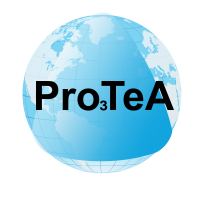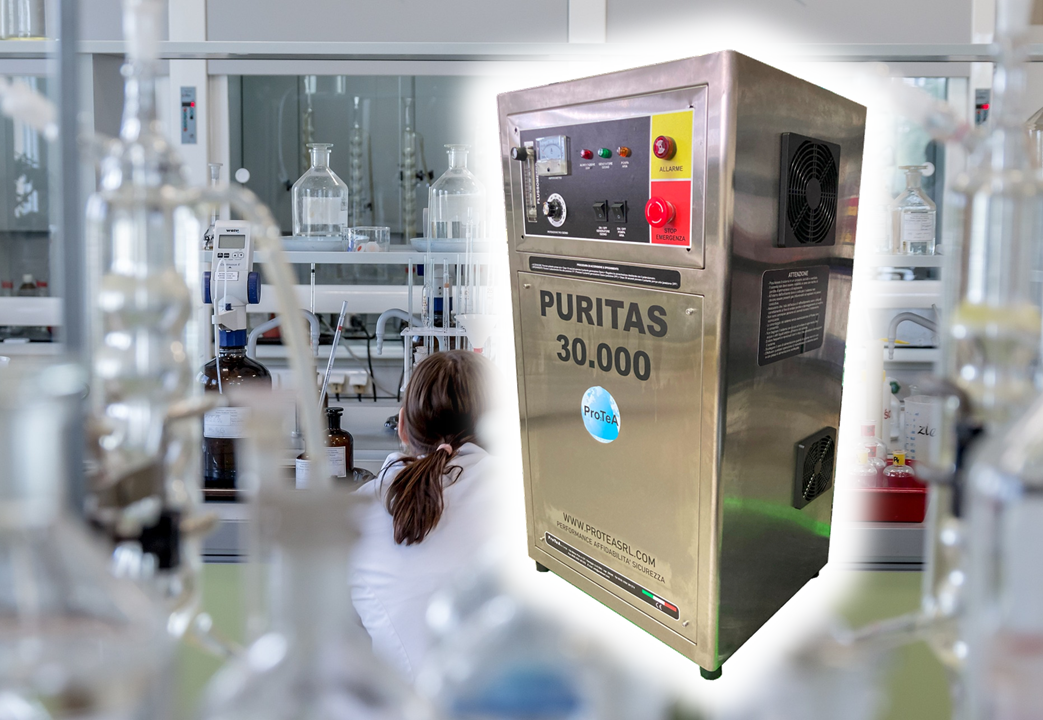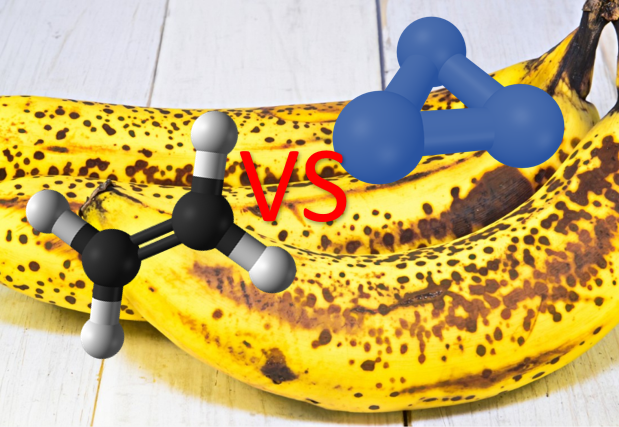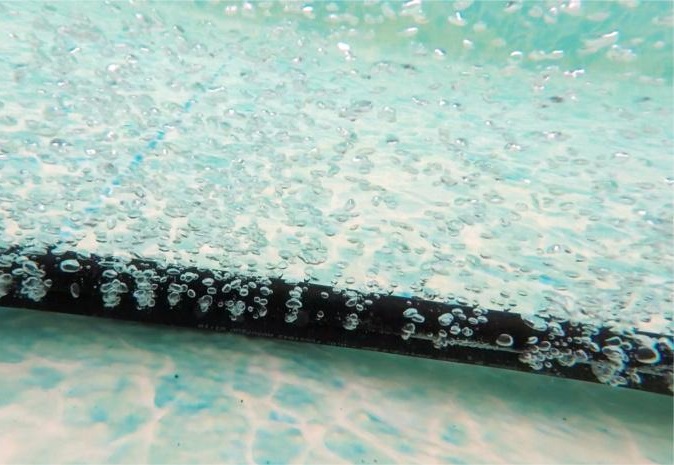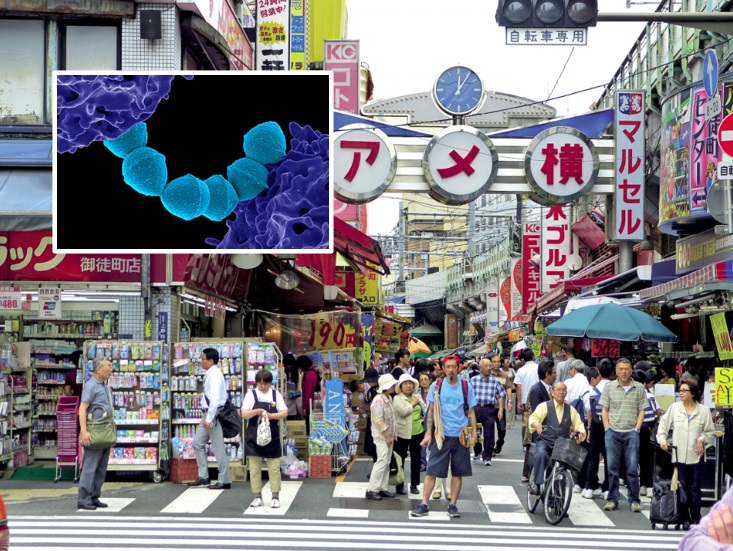
Warning in Japan for the “killer Strep”, how to defend yourself with Ozone
These days we read in the newspapers that since the end of 2023, cases of streptococcal toxic shock syndrome (SSTS) have increased considerably in Japan. The mortality rate of the disease has reached 30%, particularly affecting the age group under 50 years.
Alert levels have therefore been raised in the Land of the Rising Sun and in neighboring countries. To cite an example, in recent days North Korea canceled the match against Japan which was scheduled for qualification for the 2026 World Cup. The reason, according to some sources, seems to be due to fears for STSS.
The pandemic has certainly taught us that, in a globalized and hyper-connected world like ours, viruses and bacteria circulate freely exactly as goods and people do and the speed with which these pathogens spread is extremely high. For this reason, it is better not to let your guard down in this case too.
What is the “killer Strep” that scares Japan?
The National Institute of Infectious Diseases (Niid) has revealed that last year 941 cases of STSS were recorded but also that in the first two months of 2024 there have already been 378 cases and with widespread diffusion throughout the Japanese territory. As anticipated, the mortality rate reached a peak of 30% and was therefore renamed “killer Strep”.
The infection is due to Streptococcus A, specifically Streptococcus Pyogenes. Although group A Streptococcus infections are characterized by non-serious symptoms, in some cases this serious form can occur.
Streptococcal toxic shock syndrome (SSTS) is also called the “flesh-eating disease” because it can cause gangrene in infected tissues and necrosis of the connective tissues covering muscles.
What are the symptoms and how is it transmitted?
The symptoms of Streptococcus A and STSS are generally sore throat, redness and swelling of the tonsils and lymph nodes in the neck with the appearance of plaques, fever, abdominal pain, skin rashes and then leading to cough, breathing difficulties and more serious symptoms.
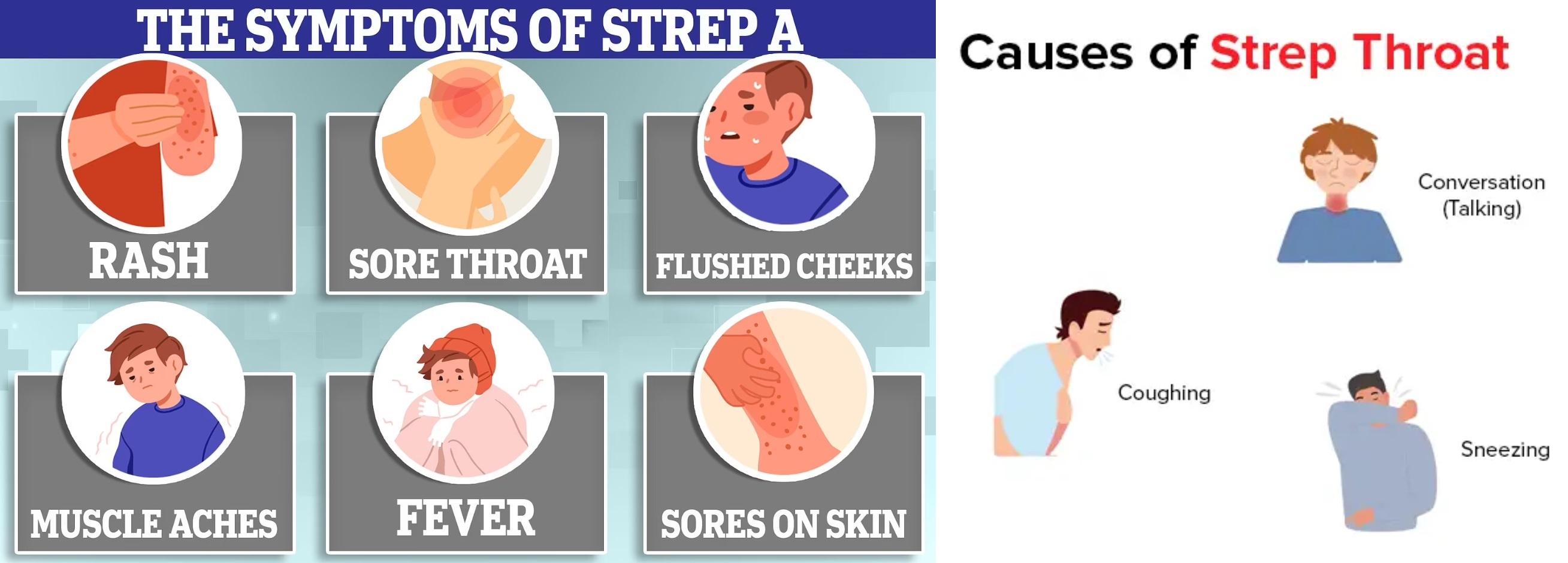
Streptococcus A is spread through sneezing or coughing by infected individuals or through contact with an open wound.
How to reduce the spread and protect yourself from Streptococcus?
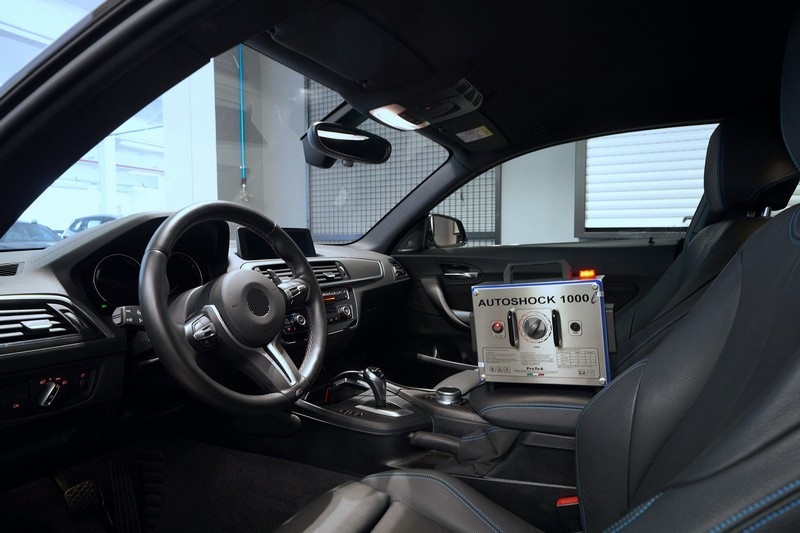
What works in our favor against this new enemy is that both the way the disease is transmitted (sneezing, coughing, etc.) and the means available to prevent contagion are the same as those of the COVID-19 pandemic.
Therefore, in addition to simple rules such as often washing your hands and avoiding touching your nose, eyes and mouth, it is advisable to pay particular attention to sanitization practices. In fact, in a regularly sanitized environment, the risk of contagion from diseases, bacteria and pathogens such as Streptococcus is fortunately reduced to a minimum.
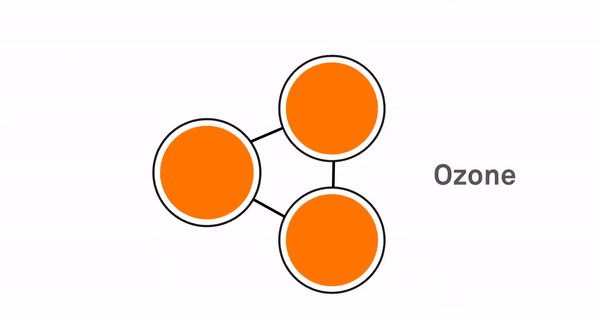
Protea ozonizers for deep sanitization
Ozone is one of the best tools we have available to carry out high-level sanitisation. Protea Srl, which has been operating in the ozonation field for over 20 years, offers a wide range of ozonators for the sanitization of various types of spaces including offices, clinics, waiting rooms, processing rooms, changing rooms, gyms, cold rooms, ambulances, cars, means of transport, etc.
Protea’s Ozone systems for the sanitization offer a series of advantages including:
- Simple and intuitive controls for use by any user in complete safety.
- Quick and effective procedures, calibrated on the basis of the type of space to be treated and the objectives to be achieved (to avoid excessive levels of Ozone which could be counterproductive!).
- Compact and handy systems to allow easy transport and use.
- Minimum maintenance, maximum reliability and long life.
Protea ozonizers
SANIOZON 500 (OZONE SYSTEM TO BE INSTALLED ON AMBULANCES AND SPECIAL VEHICLES)
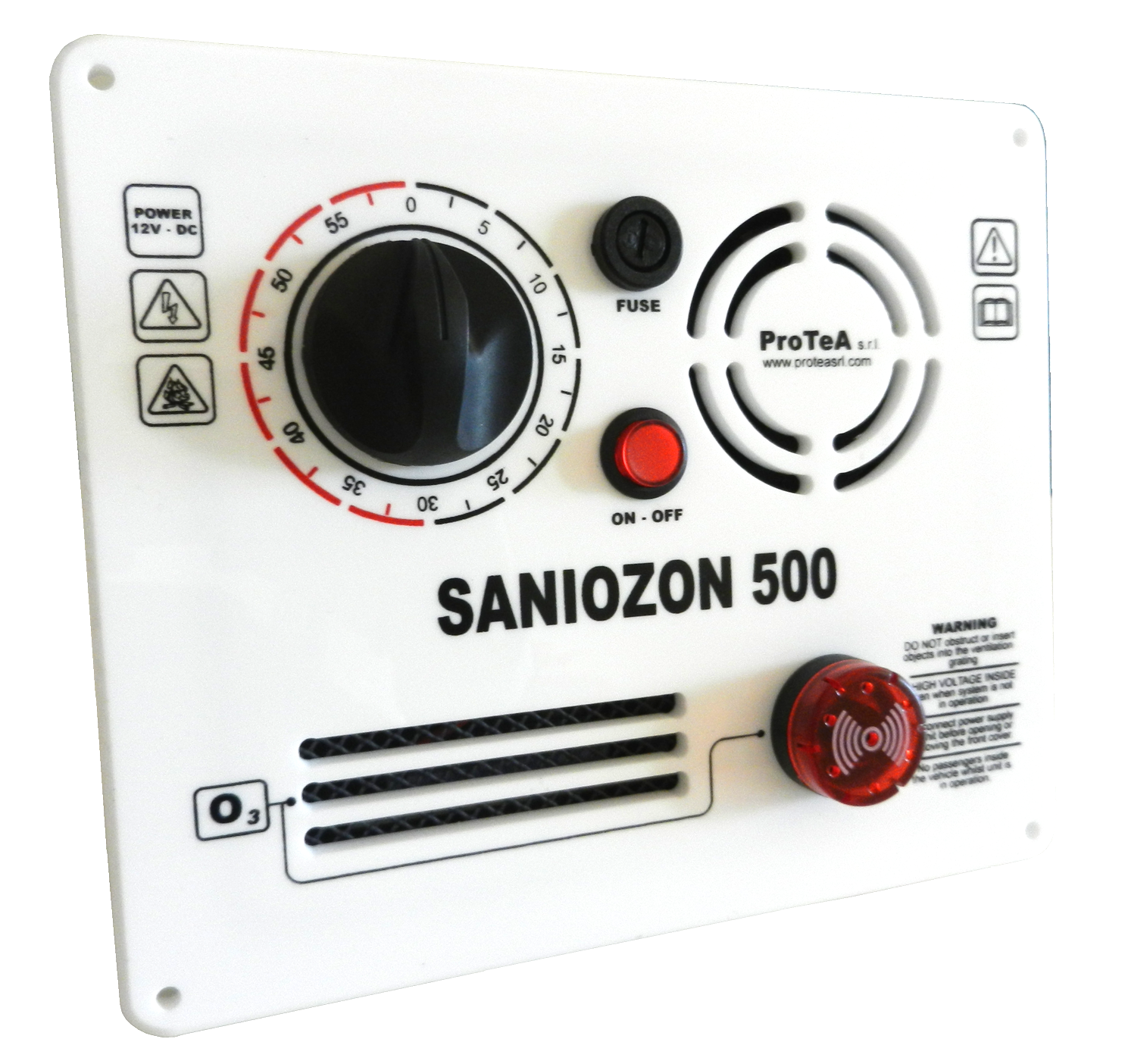
Automotive certified 12V ozonizer to be installed inside the medical compartment of the ambulance. Unlike conventional sanitization methods (e.g. spray cans) which require very long waiting times, SANIOZON is able to treat the ambulance sanitary compartment in approximately 30 minutes after which the vehicle is operational again. In emergency situations, the vehicle can be reused after turning off the system and airing the vehicle for a few minutes.
Protea ozonizers
LAB5 L (PORTABLE OZONIZER FOR THE SANITIZATION OF ROOMS AND VEHICLES)
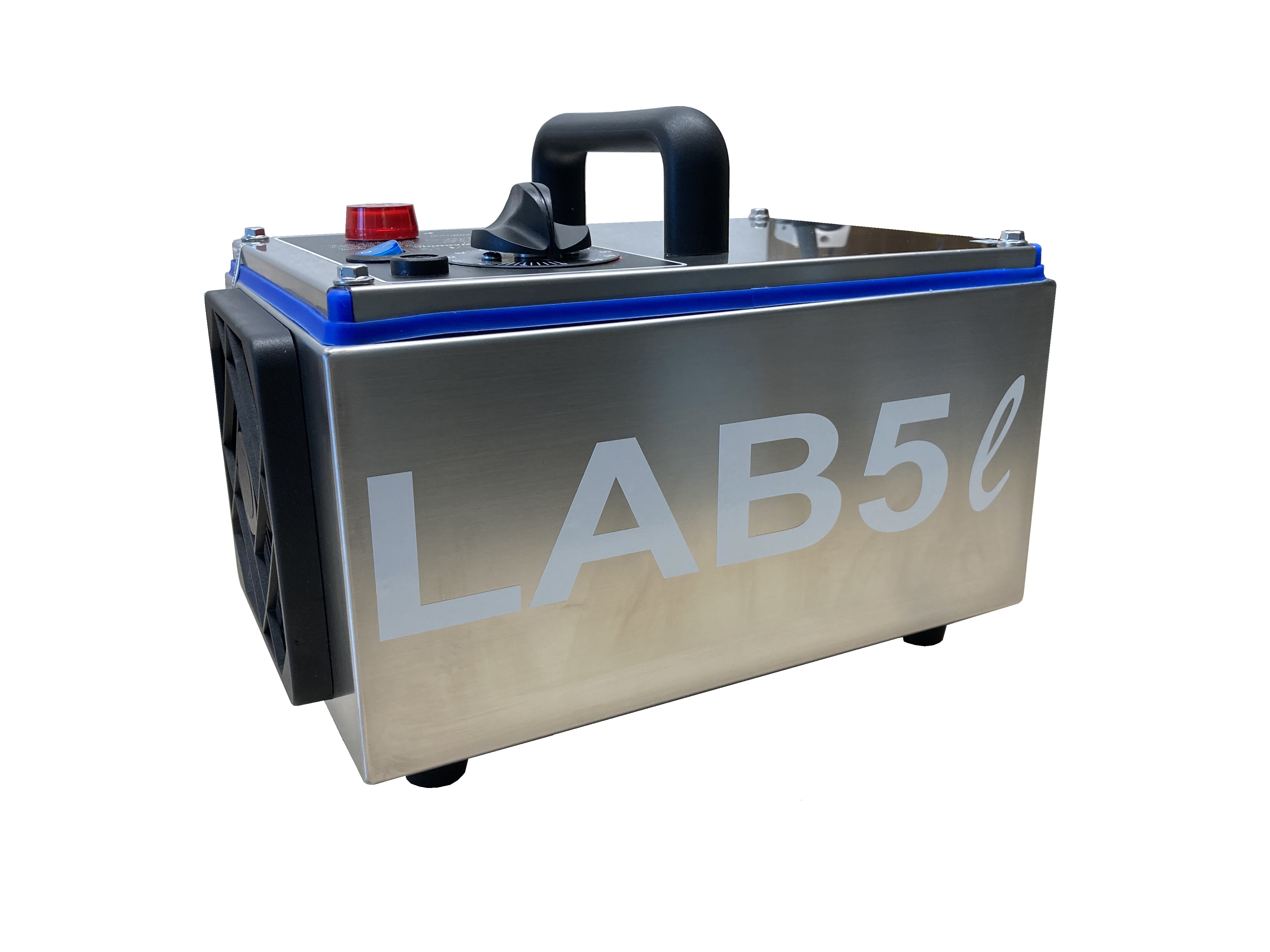
Professional portable 220V ozonation system capable of treating confined environments up to 300-350 m3. Fast, effective, intuitive and perfectly safe treatment. Given its versatility, the system allows you to sanitize (and deodorize) both means of transport and various types of rooms (e.g. offices, apartments, clinics, waiting rooms, etc.). The system does not require particular maintenance (other than periodic cleaning of the dust filter) or spare or consumable parts.
Protea ozonizers
AUTOSHOCK 1000 L (PORTABLE OZONE SYSTEM FOR THE SANITATION OF CARS AND VEHICLES)
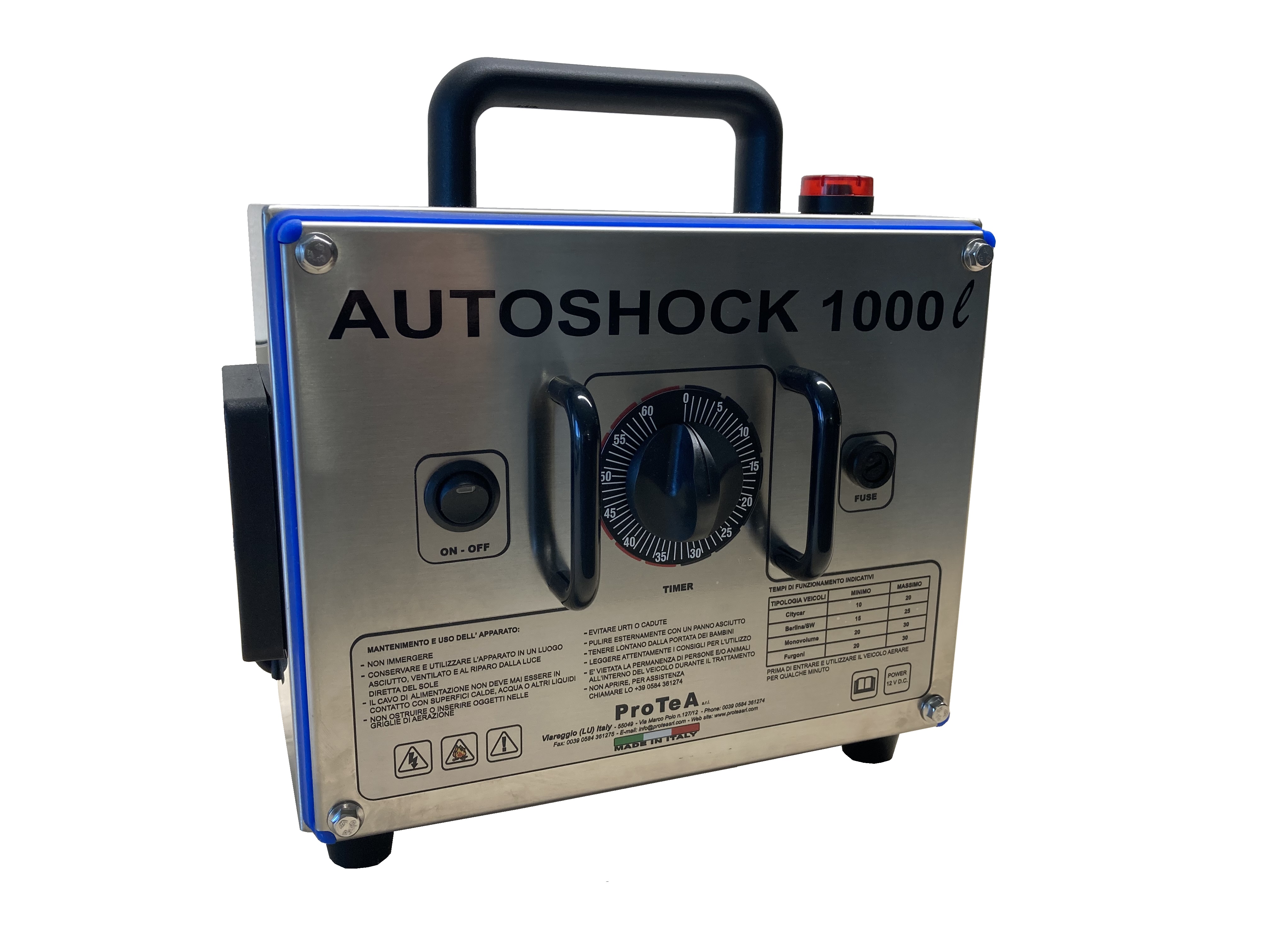
Portable 12V system with cigarette lighter plug for the shock sanitization/deodorization of different types of vehicles. The system is characterized by a double Ozone generator which always ensures the functioning of the system, even in the event of a failure of one of the two generators. The operation of the AUTOSHOCK 1000 L system is very simple and allows you to operate in complete safety and to guarantee high level sanitization (even of the air conditioning ducts). With AUTOSHOCK 1000 L, it is possible to start a sanitation treatment wherever the vehicle is located. AUTOSHOCK 1000 L is powered by a 12V plug to be connected to the cigarette lighter socket in the passenger compartment, avoiding cables coming out of the vehicle.
Protea ozonizers
For more information on Protea Ozonizers, do not hesitate to contact our offices on 0584/361274 or by email at info@proteasrl.com.
